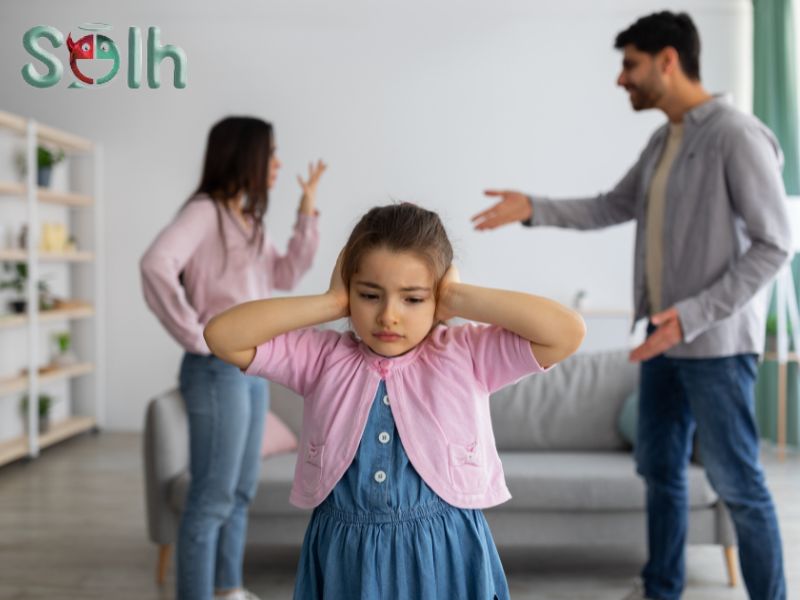The autism spectrum is an umbrella term covering a range of neurodevelopmental conditions referred to as autism spectrum disorder (ASD).The word spectrum is defined in the Diagnostic and Statistical Manual of Mental Disorders to cover a wider group of conditions and differences in the type and perceived severity of symptoms, a trend that developed in the 1980s. Autism spectrum disorder (ASD) or Autism is a neurological and developmental disorder that affects how humans face persistent challenges with social communication, restricted interests, and repetitive behavior. Though autism can be diagnosed at any age, it is often described as a “developmental disorder” because symptoms generally appear in the first two years of life.
According to the Diagnostic and Statistical Manual of Mental Disorders (DSM-5) , a guide created by the American Psychiatric Association that health care providers use to diagnose mental disorders, people with ASD often have:
- Difficulty with communication and interaction with other people.
- Restricted interests and repetitive behaviors.
- Symptoms that affect their ability to function in school, work, and other areas of life.
Signs and Symptoms of ASD
The list below gives some examples of common types of behaviors in people diagnosed with ASD. Not all people with ASD will have all behaviors, but most will have several of the behaviors listed below.
Social communication/interaction behaviors may include:
- Making little or inconsistent eye contact
- Disassociating with people
- Infrequently sharing interest, emotion, or enjoyment of objects or activities
- Often talking at length about a favorite subject without noticing that others are not interested or without giving others a chance to respond
- Displaying facial expressions, movements, and gestures that do not match what is being said
- Having an unusual tone of voice that may sound sing-song or flat and robot-like
- Difficulties adjusting behaviors to social situations
- Difficulties sharing in imaginative play or in making friends
Restrictive/repetitive behaviors may include:
- Repeating certain behaviors or having unusual behaviors, such as repeating words or phrases (a behavior called echolalia )
- Having a lasting intense interest in specific topics, such as numbers, details, or facts
- Showing overly focused interests, such as with moving objects or parts of objects
- Becoming upset by slight changes in a routine and having difficulty with transitions
- Being more sensitive or less sensitive than other people to sensory input, such as light, sound, clothing, or temperature
People with ASD may also experience sleep problems and irritability
People on the autism spectrum also may have many strengths, including:
- Being able to learn things in detail and remember information for long periods of time
- Being strong visual and auditory learners
- Excelling in math, science, music, or art
- Main Types of Autism Spectrum Disorders
Asperger’s Syndrome
Asperger's syndrome was formerly characterized as a distinct autism spectrum disorder; the DSM-5 in May 2013 combined the diagnosis with the autistic disorder into one condition called autism spectrum disorder or ASD.The following are the symptoms:
- Inflexibility in thought and behavior
- Challenges in switching between activities
- Executive functioning problems
- Flat monotone speech, the inability to express feelings in their speech, or change their pitch to fit their immediate environment
- Difficulty interacting with peers at school or home
Rett Syndrome
Rett syndrome is a rare neurodevelopmental disorder that is noticed in infancy. The disorder mostly affects girls, although it can still be diagnosed in boys. Rett syndrome presents challenges that affect almost every aspect of a child's life. Common symptoms of Rett syndrome include:
- Loss of standard movement and coordination
- Challenges with communication and speech
- Breathing difficulties in some cases
Childhood Disintegrative Disorder (CDD)
Childhood disintegrative disorder (CDD), also known as Heller's syndrome or disintegrative psychosis, is a neurodevelopmental disorder defined by the delayed onset of developmental problems in language, motor skills, or social function.
Kanner’s Syndrome
Kanner’s syndrome was discovered by psychiatrist Leo Kanner of John Hopkins University in 1943 when he characterized it as infantile autism. Doctors also describe the condition as a classic autistic disorder. Children with Kanner's syndrome will appear attractive, alert, and intelligent with underlying characteristics of the disorder such as:
- Lack of emotional attachment with others
- Communication and interaction challenges
- Uncontrolled speech
- Obsession with handling objects
- A high degree of rote memory and visuospatial skills with major difficulties learning in other areas.
Pervasive Developmental Disorder – Not Otherwise Specified (PDD-NOS)
Pervasive Developmental Disorder – Not Otherwise Specified (PDD-NOS) is a mild type of autism that presents a range of symptoms. The most common symptoms are challenges in social and language development.
Causes of ASD:
Although researchers say that the exact specific causes of ASDs have yet to be found, many risk factors identified are as follows:
- Genetics,
- Prenatal and perinatal factors,
- Neuroanatomica l abnormalities,
- Environmental factors.
Diagnosis:
To meet diagnostic criteria for ASD according to DSM-5, an individual must have persistent deficits in each of three areas of social communication and interaction plus at least two of four types of restricted, repetitive behaviors
- Persistent deficits in social communication and social interaction across multiple contexts, as manifested by the following, currently or by history.
- Deficits in social-emotional reciprocity, range, for example, from abnormal social approach and failure of normal back-and-forth conversation; to reduced sharing of interests, emotions, or affect; to failure to initiate or respond to social interactions.
- Deficits in nonverbal communicative behaviors used for social interaction, ranging, for example, from poorly integrated verbal and nonverbal communication; to abnormalities in eye contact and body language or deficits in understanding and use of gestures; to a total lack of facial expressions and nonverbal communication.
- Deficits in developing, maintaining, and understanding relationships, ranging, for example, from difficulties adjusting behavior to suit various social contexts; to difficulties in sharing imaginative play or in making friends; to the absence of interest in peers.
Specify current severity:
Severity is based on social communication impairments and restricted, repetitive patterns of behavior.
- Restricted, repetitive patterns of behavior, interests, or activities, as manifested by at least two of the following, currently or by history
- Stereotyped or repetitive motor movements, use of objects, or speech (e.g., simple motor stereotypes, lining up toys or flipping objects, echolalia, idiosyncratic phrases).
- Insistence on sameness, inflexible adherence to routines, or ritualized patterns of verbal or nonverbal behavior (e.g., extreme distress at small changes, difficulties with transitions, rigid thinking patterns, greeting rituals, need to take the same route or eat the same food every day).
- Highly restricted, fixated interests that are abnormal in intensity or focus (e.g., strong attachment to or preoccupation with unusual objects, excessively circumscribed or perseverative interests).
- Hyper- or hyporeactivity to sensory input or unusual interest in sensory aspects of the environment (e.g. apparent indifference to pain/temperature, adverse response to specific sounds or textures, excessive smelling or touching of objects, visual fascination with lights or movement).
Management for ASD:
While there is no “cure” for autism, there are several effective interventions that can improve the functioning of people with ASD. There are several applied behavioral approaches that may be of use:
- Social skills training
- Speech & language therapy
- Occupational therapy
- Parent management training
- Special education services
- Medication
- Psychotherapy



